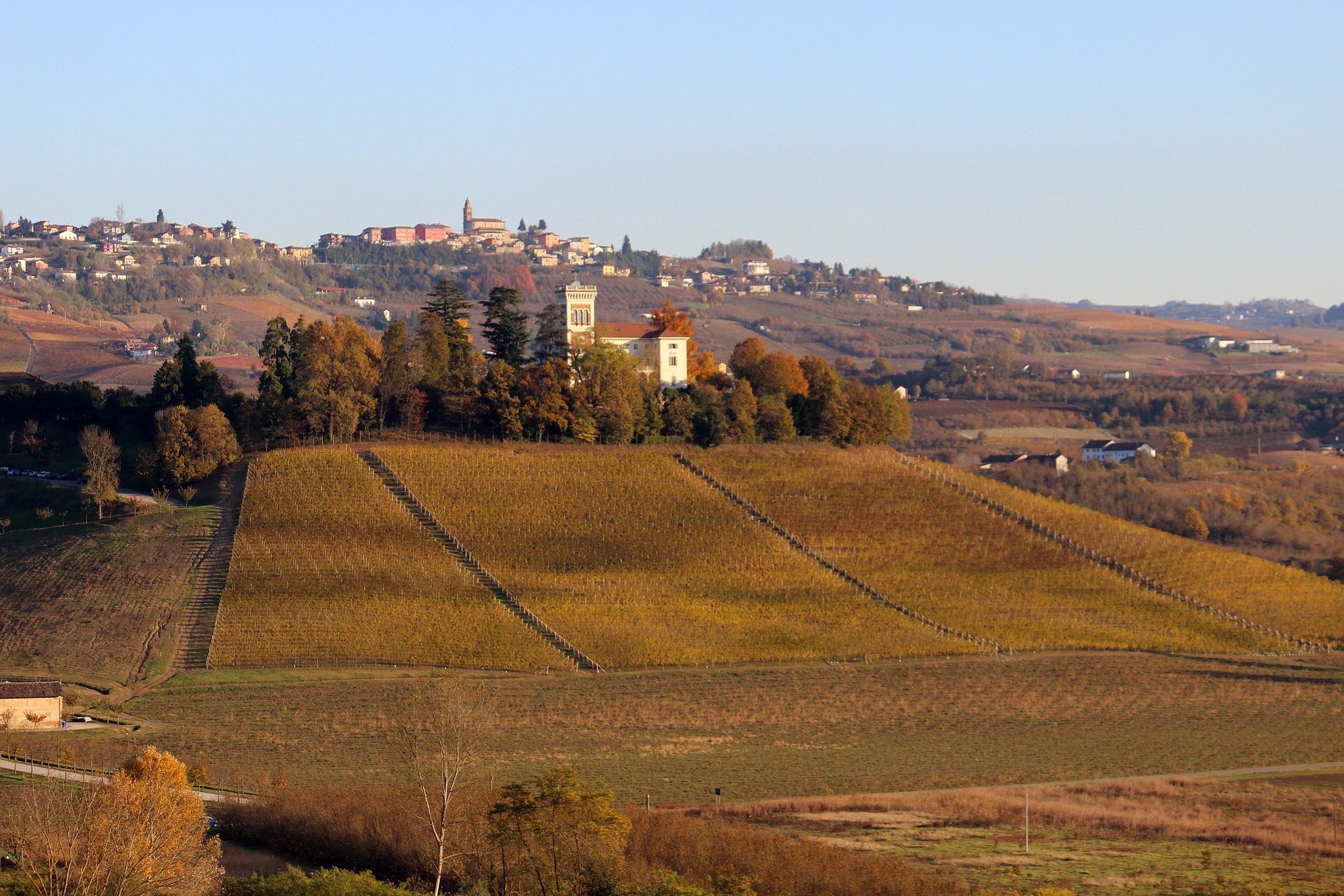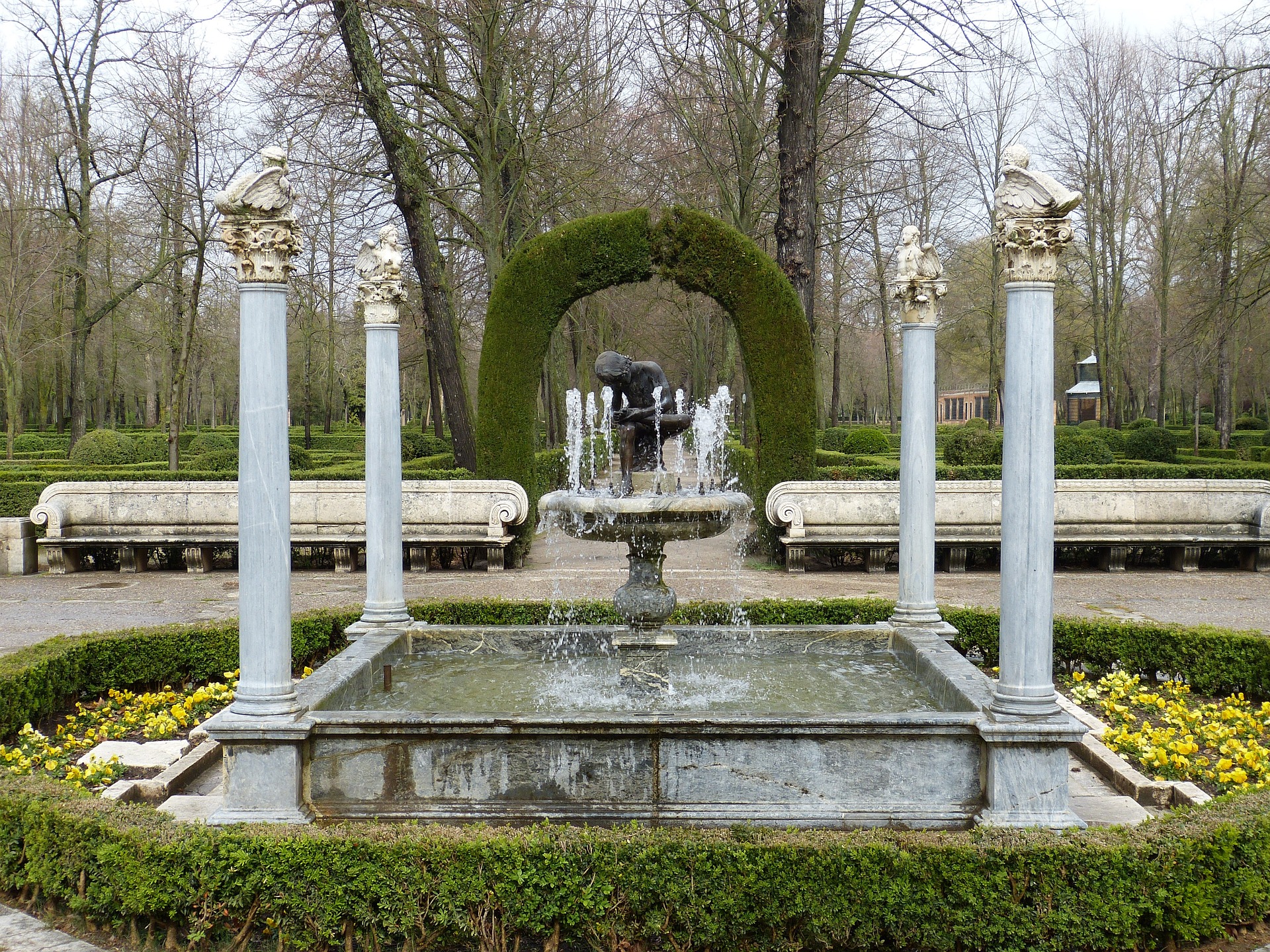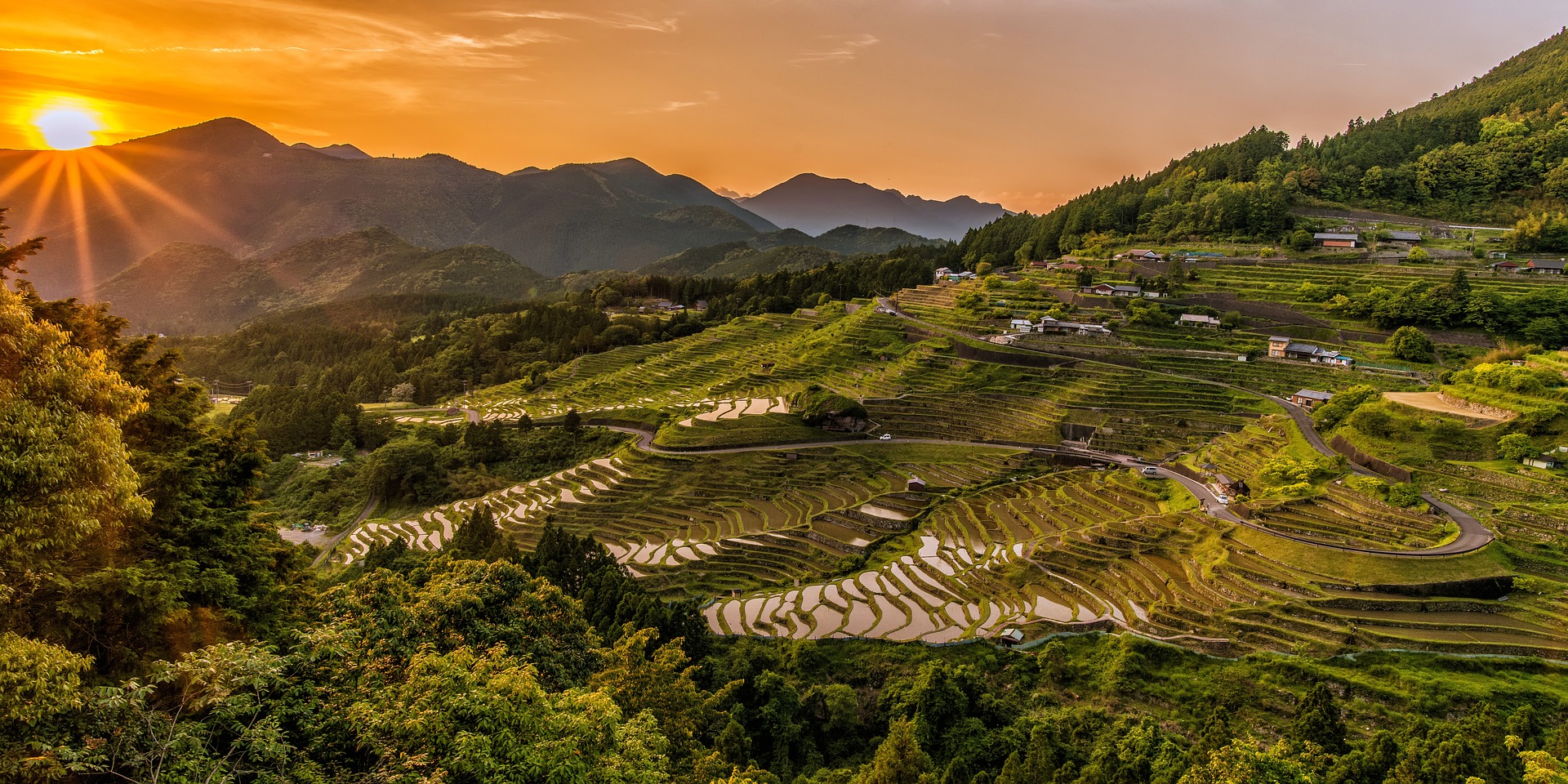Passion of the People – 1.4.1
What Makes a Landscape a Cultural Landscape?
The notion of cultural landscape has been defined by several international organizations and agencies. According to UNESCO, a cultural landscape is defined as “Combined works of nature and of man that illustrate the evolution of human society and settlement over time, under the influence of physical constraints and/or opportunities presented by their natural environment, and of successive social, economic, and cultural forces, both external and internal”.
For its part, the National Park Service defines a cultural landscape as “a geographic area, including both cultural and natural resources and the wildlife or domestic animals therein, associated with a historic event, activity, or person, or exhibiting other cultural or aesthetic values”. In addition, National Geographic states that “People and the plants they grow, the animals they care for, and the structures they build make up cultural landscapes”
In other words, a cultural landscape is a landscape affected, influenced and shaped by humans. It can be associated with a historic event, a person or a period. There is a great variety of cultural landscapes and not only they are witnesses of human creation and imagination, but they also show the developments of the society through the centuries. Due to the constraints, the limits and the different characteristics of the environment, people have both adapted to it and developed techniques of land-use to take advantage of the physical opportunities of these areas and to build a landscape identity. Cultural landscapes allow the preservation of traditional cultures as well as of historic traces.
UNESCO has classified cultural landscapes in 3 categories:
- Landscape designed and created intentionally by man. Some examples can be gardens, parks or monumental buildings. They are consciously designed by architects or gardeners for aesthetic reasons and often associated to a style or a tradition.
- Organically evolved landscapes. There are areas where cultural, economic and spiritual characteristics developed along with physical ones. The present landscape is a response to its natural environment. The evolution of these landscapes may have ended for good, in this case they are known as “relict landscapes”, or it may be ongoing.
- Associative cultural landscapes. The landscapes of UNESCO are examples of associative cultural landscapes because of their powerful religious, artistic or cultural associations, but these are places where material constructions are nearly absent.
For other organisations, the categories are a little bit different and there are 4 of them. The first category is the same. However, cultural landscapes can be divided into 3 other types: ethnographic landscapes, historic sites and vernacular landscapes.
- Ethnographic landscapes include cultural and natural resources defined as heritage resources.
- Historic Sites are associated to a historic event or a human activity.
- Then, vernacular landscapes are landscapes that have evolved and continue to do so because of human activity (e.g., social, cultural or community behaviours).
Since 1992, the World Heritage Convention has recognised these landscapes as official cultural landscapes in order to protect these sites from destruction and it has also identified them as tourist destinations.

Langhe’s landscape – Image by Massimo Candela from Pixabay
Further Resources
Links below will redirect you to external websites. In accordance with the European data protection declarations, we would like to point out that by clicking on these links you may send data to external providers. We cannot prevent that.
Videos
![]() Cultural Landscapes – What are cultural landscapes? and why are they important for us? (European Landowners’ Organization)
Cultural Landscapes – What are cultural landscapes? and why are they important for us? (European Landowners’ Organization)
![]() What Do Landscapes Tell Us About Our Culture?
What Do Landscapes Tell Us About Our Culture?
![]() Cultural Landscapes (Mage Geography)
Cultural Landscapes (Mage Geography)
![]() Why we need more cultural landscapes
Why we need more cultural landscapes
 Siti italiani del Patrimonio Mondiale UNESCO – Raiplay
Siti italiani del Patrimonio Mondiale UNESCO – Raiplay
Online Resources
![]() Examples of designed landscapes
Examples of designed landscapes
![]() Examples of ethnographic landscapes
Examples of ethnographic landscapes
![]() Examples of historic landscapes
Examples of historic landscapes
Paesaggio e patrimonio culturale italiano – Rai Cultura
 La convenzione per la protezione del patrimonio mondiale culturale e naturale (1972) – Ministero della cultura
La convenzione per la protezione del patrimonio mondiale culturale e naturale (1972) – Ministero della cultura
 Cos’è un paesaggio culturale? – Thpanorama
Cos’è un paesaggio culturale? – Thpanorama
Further Readings
 PAESAGGIO E PATRIMONIO CULTURALE – Commissione scientifica per la misurazione del benessere
PAESAGGIO E PATRIMONIO CULTURALE – Commissione scientifica per la misurazione del benessere
 Paesaggio e patrimonio culturale – Istat
Paesaggio e patrimonio culturale – Istat
Teaching Materials
For Kids


